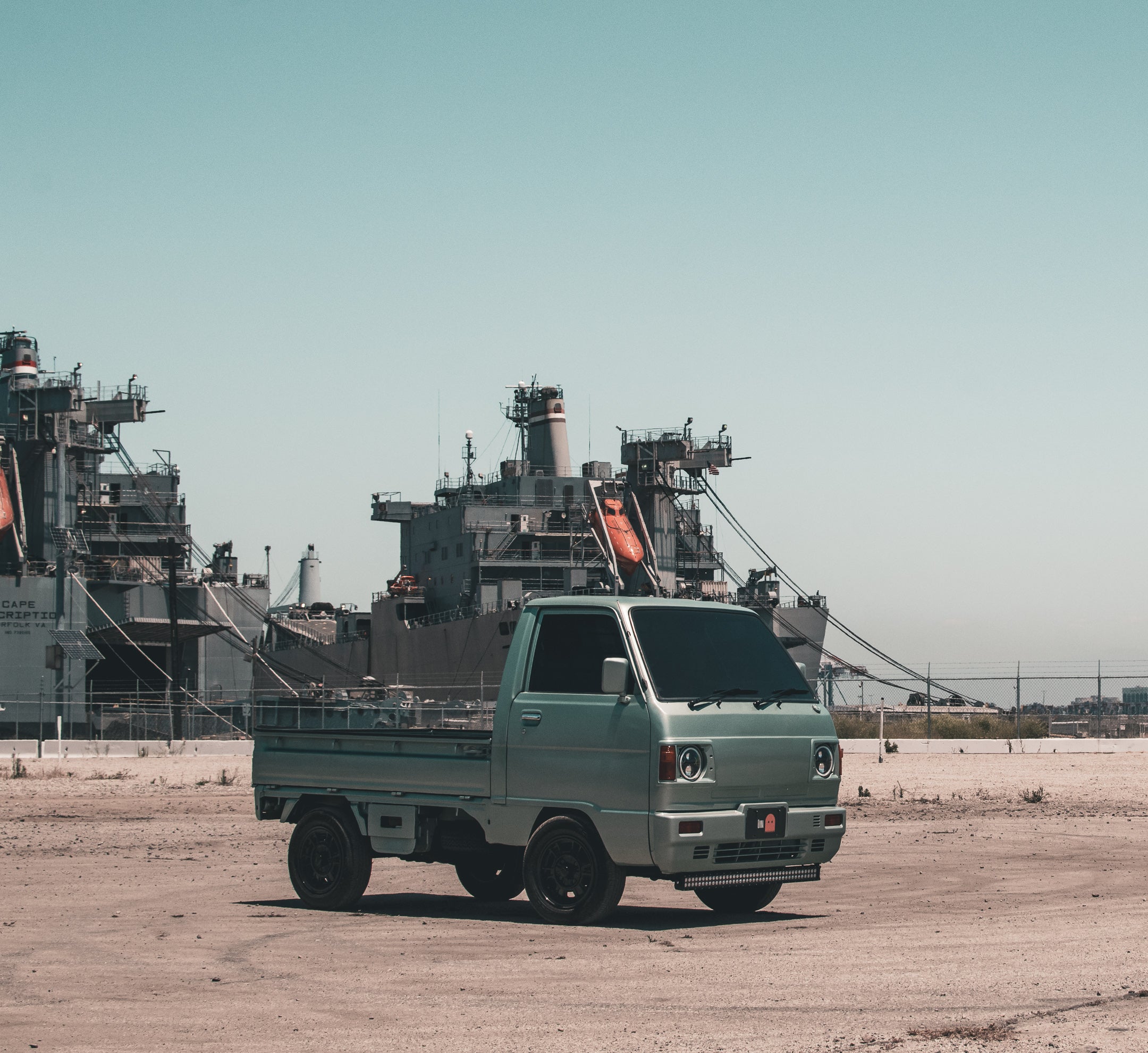In the Vast Mosaic of Automotive History
Few names resonate with both nostalgia and innovation quite like the Subaru Sambar truck. A pint-sized powerhouse, this diminutive dynamo has captivated hearts and highways alike, standing as a testament to the ingenuity of Japanese engineering. As someone whose father dedicated over five decades to the giants of Toyota and Nissan, I grew up with the hum of engines as a lullaby and the smell of motor oil as a constant companion. Yet, the Sambar was always something of a family legend—a symbol of the little engine that could, and did, redefine utility and style in the compact vehicle market.
The Story of Resilience and Reinvention
The Subaru Sambar truck's story is one of resilience and reinvention, a narrative woven into the fabric of post-war Japan. Launched in 1961, the Sambar was Subaru's answer to the burgeoning demand for kei cars—those uniquely Japanese, lightweight vehicles designed to navigate the narrow streets of a rapidly urbanizing nation. These vehicles were not just economic marvels but cultural icons, encapsulating the spirit of a people determined to rise from the ashes of conflict through innovation and efficiency.
As a historian of Subaru's kei vehicles, I've delved deeply into the archives, unearthing tales of how the Sambar truck was more than just a workhorse. It was a symbol of economic rebirth, a microcosm of Japan's miracle growth years. My father often recounted stories from the factory floors, where the Sambar's compact design was celebrated not just for its practicality but for its embodiment of Japanese craftsmanship. It was a vehicle that married utility with an unmistakable charm—its round headlights and boxy frame reminiscent of the era's optimism.
The Sambar's Journey and Adaptation
Yet, the Sambar's journey was not without obstacles. As the automotive industry evolved, pressures mounted to conform to global standards, and the Sambar had to adapt or face obsolescence. It did so with characteristic Subaru tenacity. The Sambar's iterations over the decades reflect a relentless pursuit of perfection, from enhancing fuel efficiency to integrating advanced safety features while maintaining its signature compact charm. Each new model was a testament to Subaru's commitment to innovation without losing sight of the Sambar's foundational values.
In today's world, where the clamor for bigger, faster vehicles often drowns out the quieter, more economical voices, the Sambar truck stands as a defiant whisper—a reminder that sometimes, less is indeed more. Its enduring legacy is not just in its mechanical prowess but in its cultural impact. The Sambar has become a collector's item, a nostalgic nod to simpler times, and a symbol of sustainable automotive design. Enthusiasts worldwide, including myself, cherishing these vintage rides, often gather to celebrate not just the vehicle but the ethos it represents.
A Personal Reflection
As I reflect on my personal journey with the Sambar, it's impossible not to draw parallels between the truck's evolution and my own family's story. My father, a stalwart of the Japanese automotive industry, saw in the Sambar a reflection of his own values—dedication, resilience, and an unwavering commitment to quality. His experiences working on production lines, witnessing firsthand the meticulous care that went into every Sambar, instilled in me a profound appreciation for the vehicle and the people behind it.
The Sambar's Enduring Legacy
The Sambar's journey from a post-war necessity to a beloved classic is a narrative intertwined with the broader story of Japan's ascent on the global stage. It is a testament to the power of innovation, the strength of cultural identity, and the enduring appeal of a well-crafted machine. And while the roads it travels may have changed, the Sambar's essence remains unaltered: a tiny titan that has left an indelible mark on the world.
In a landscape dominated by the quest for the newest and the fastest, the Subaru Sambar truck serves as a poignant reminder of the beauty found in balance—where tradition meets modernity, where efficiency meets elegance. It is a vehicle that, much like my father's legacy and the rich history of Japanese automotive excellence, continues to inspire and endure.



